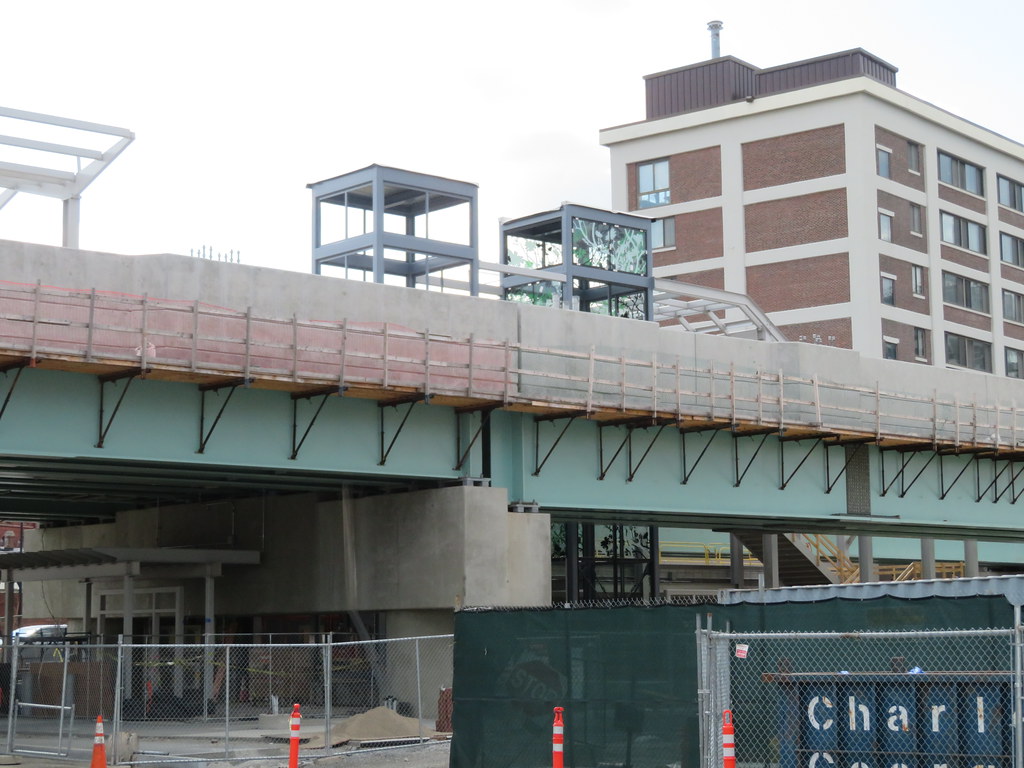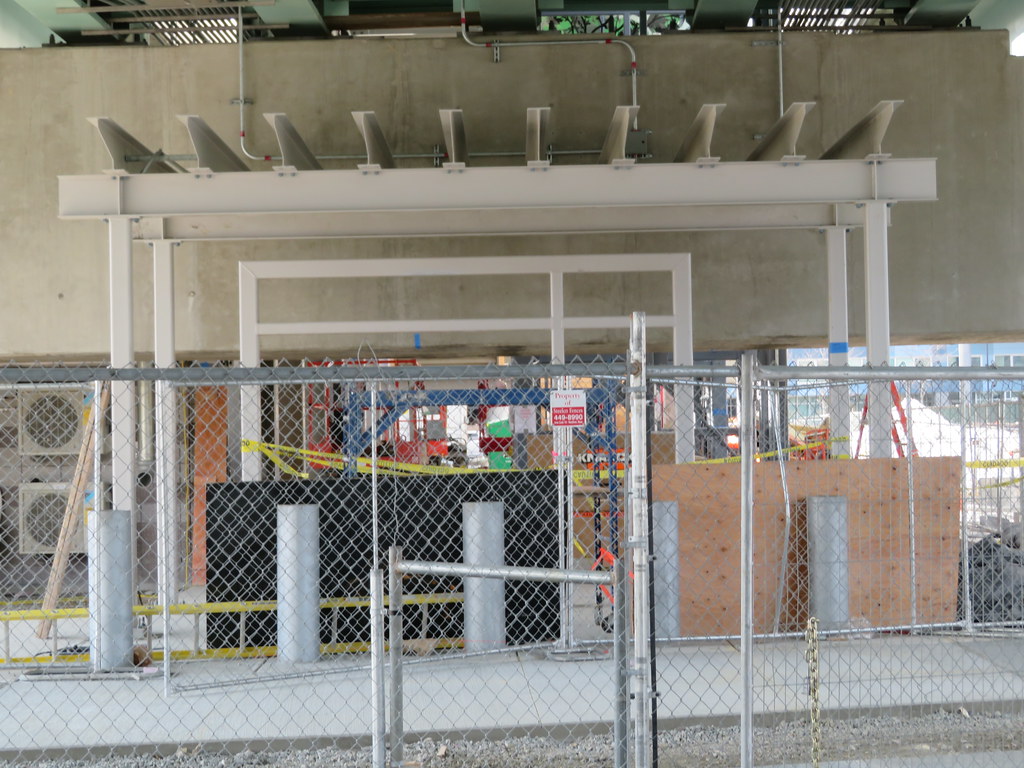RandomWalk
Senior Member
- Joined
- Feb 2, 2014
- Messages
- 3,333
- Reaction score
- 5,265
Supports for entrance from the Lowell Street bridge.
They used a hi-rail flatbed tractor trailer to bring the elevator frames down the ROW from Gilman. It was an interesting set of overnights this past weekend.
They used a hi-rail flatbed tractor trailer to bring the elevator frames down the ROW from Gilman. It was an interesting set of overnights this past weekend.

 IMG_4671
IMG_4671 IMG_4672
IMG_4672 IMG_4673
IMG_4673 IMG_4676
IMG_4676 IMG_4677
IMG_4677